souldreamer7
Proud Member
- Joined
- Aug 11, 2009
- Messages
- 4,278
- Points
- 0
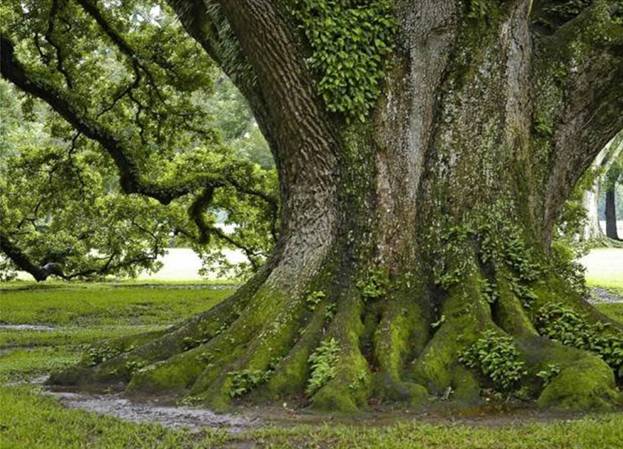


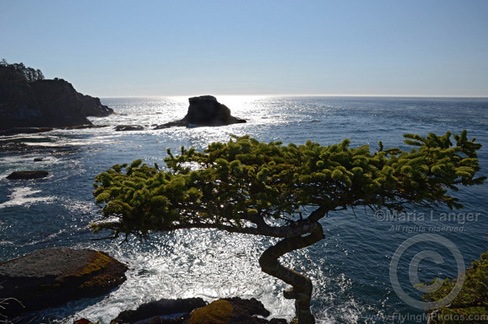
VISIT OUR PLANT TREES THREAD HERE:
http://www.mjjcommunity.com/forum/t...cy-Project-Planting-Trees-in-Michael-s-Honour
Follow along with the video below to see how to install our site as a web app on your home screen.
Note: This feature may not be available in some browsers.





Okay, since it was so sunny yesterday...I decided to take some 'mugshots' now...
First is a tree in my lane with a family Home
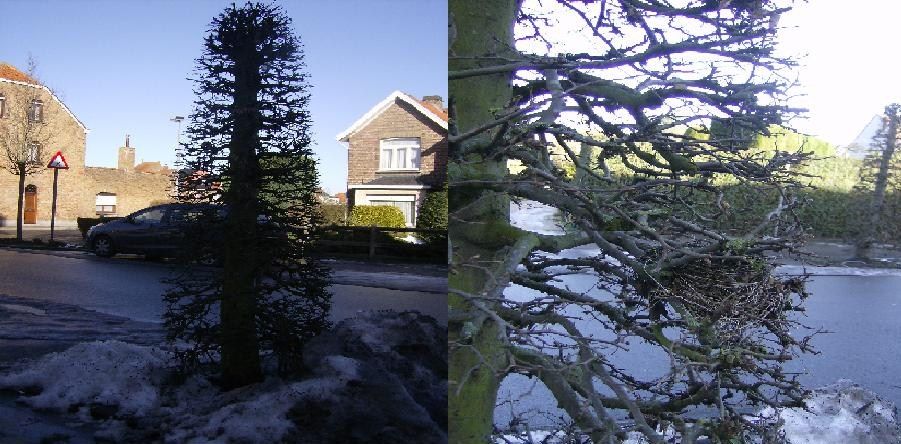
Second, is the little Forest at the end of my lane :blush:
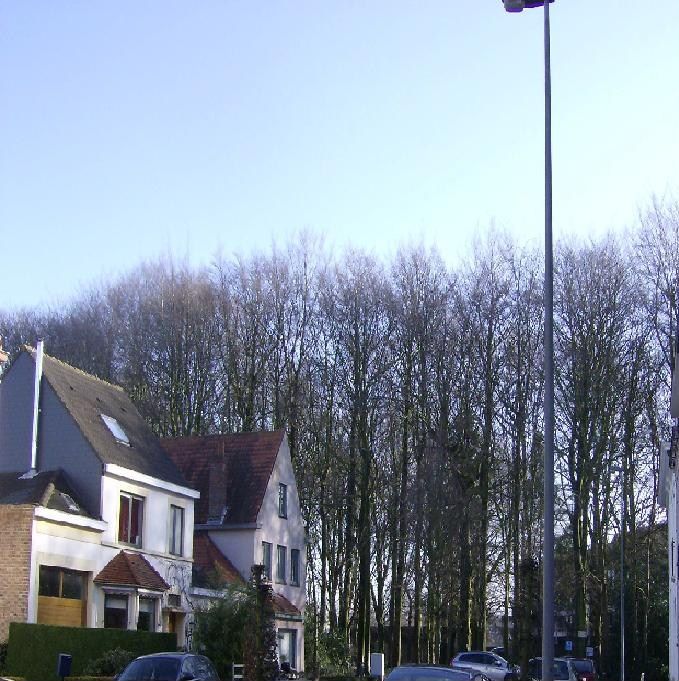
I personally think the trees are more beautiful in the other seasons so piccies will follow in Spring... I really :wub: this little Forest :blush:




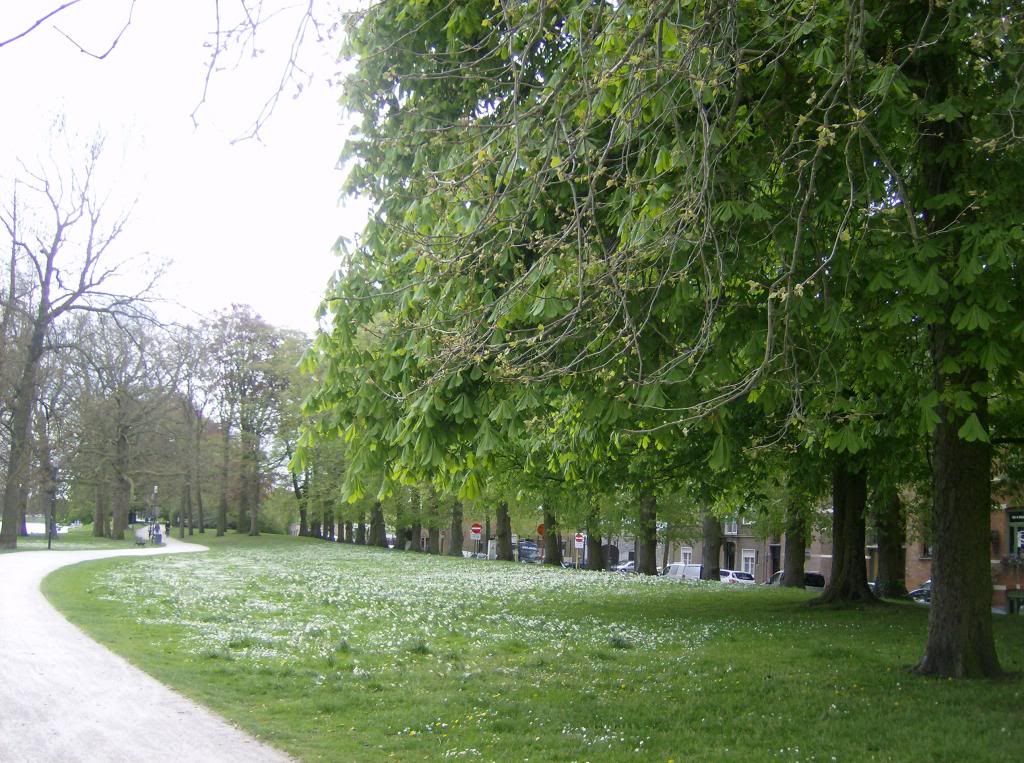
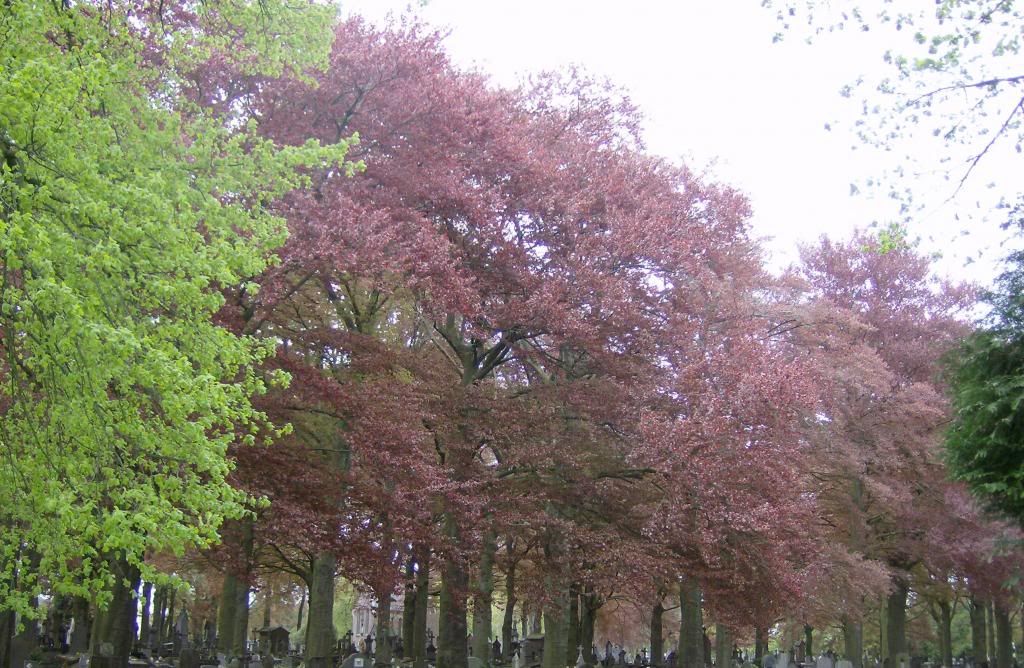
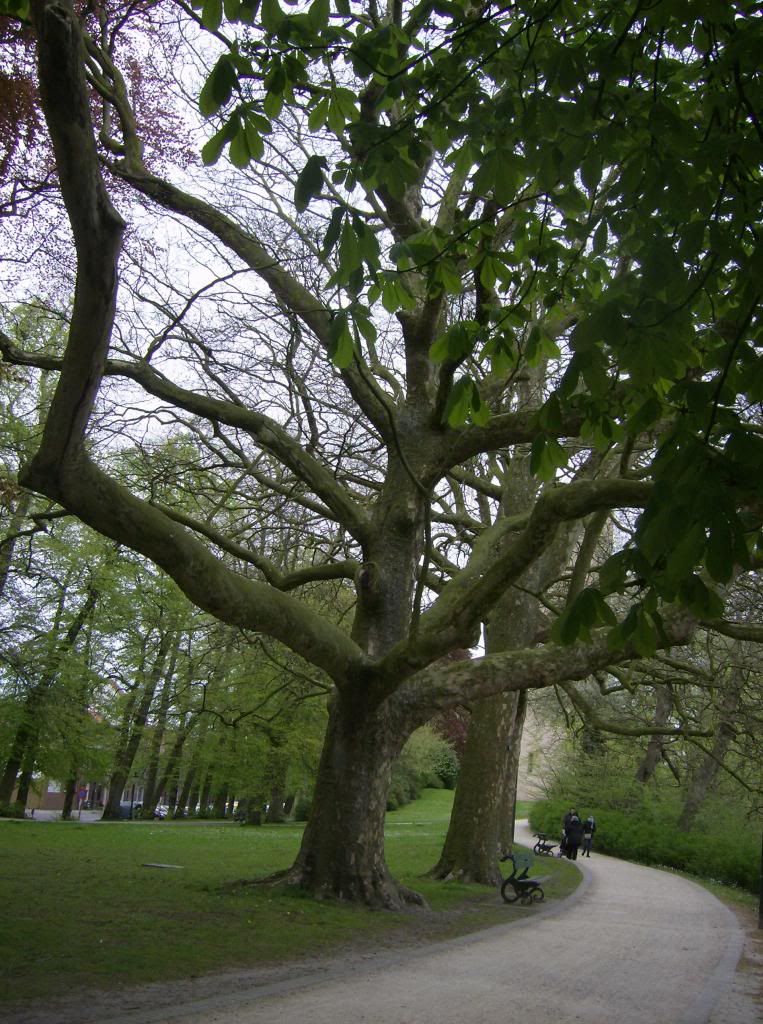
Go On, Hug a Tree: It Might Be Good for You
When was the last time you hugged a tree? Ah, the texture of rough bark beneath your skin, the rustle of leaves overhead, the heady smell of sap rising. Come on, don’t be shy, we’re among arboreal friends here — and you might have done yourself a favor without even knowing it.
Researcher Geoffrey Donovan recently led a team in an interesting study looking at correlations between loss of trees and human health. What they found was certainly revealing: in a survey covering almost 1,300 U.S. counties where the emerald ash borer was destroying forests, in areas where trees declined, the human mortality rate, specifically for lower respiratory tract illness and cardiovascular illnesses, went up. This was after controlling for other factors that might be involved, like age, income and education.
In their abstract, the researchers noted that:
There was an increase in mortality related to cardiovascular and lower-respiratory-tract illness in counties infested with the emerald ash borer. The magnitude of this effect was greater as infestation progressed and in counties with above-average median household income. Across the 15 states in the study area, the borer was associated with an additional 6113 deaths related to illness of the lower respiratory system, and 15,080 cardiovascular-related deaths.
Don’t leap to conclusions here: correlation is not causation. While it might be tempting to say that fewer trees results in worse air (especially since we know trees do act to scrub the air and sequester carbon) and thus we might expect a higher rate of respiratory illness, for example, it’s not actually that simple. But the study does show that something interesting is going on here, and it might be worth taking a closer look.
Donovan’s work provided a great opportunity to actually see public health changes in action, which makes it rather unique. Thanks to a huge body of demographic data, there’s a lot of information on what human communities were like before the emerald ash borer invasion, and similar research provides information about environmental profiles and the nature of forests. As the invasion has moved through the country, it’s been tracked by researchers, while continuous public health reporting has kept pace in the human population. By combining the data, it’s possible to see an amazing cross-section of society at various points in the invasion, providing a very enlightening picture of what’s happening at any given point in time.
We’ve known for decades that trees play a vital role in the environment, and that the more diverse nature is in a given region, the better. A managed plantation for tree harvesting, for example, doesn’t provide as many environmental benefits as a greenbelt or wildland forest offering habitat for lots of plants and animals. Conservation of forests and nature preserves has long been considered important for intrinsic environmental reasons as well as practical ones; for example, more trees helps keep temperatures more stable, requiring less artificial temperature control. Likewise, maintaining forests and undergrowth prevents topsoil loss, and offers habitat to animals that might otherwise be pushed into urban areas, where they could become a nuisance.
What Donovan is suggesting is that it’s possible trees may also have some direct public health benefits too, and it may be necessary to start thinking of them as part of the public health framework. Not just in the sense that being around trees feels good, but in the sense that trees may actually be creating a more healthy environment for the people who live around them. In a conversation with PBS, Donovan said that:
There’s been some famous research showing that people recover faster from surgery and take fewer drugs if their hospital room has a view of trees. Other research — including some of my own — has shown that mothers with more trees around their homes are less likely to have underweight babies. It’s been shown that if you put people in a natural environment, it can reduce their blood pressure, heart rate and other measures of stress.
The study allowed for research of a very broad scope across a broad period of time, allowing Donovan and his team to pull together some extremely useful data. While it’s too early to rush to conclusions, his evidence does seem to suggest that it’s a good time to start thinking about planting trees and supporting them into adulthood to start replacing those destroyed by the emerald ash borer and other infectious pests. And, of course, it’s critical to protect the United States and other regions of the world from further deforestation, because, it turns out, trees are more than just pretty carbon sinks: they may just be important mediators of human health.
Read more: http://www.care2.com/causes/go-on-hug-a-tree-it-might-be-good-for-you.html#ixzz2WpiLZB1D

Results of the TREE photo shoots are in :clap:
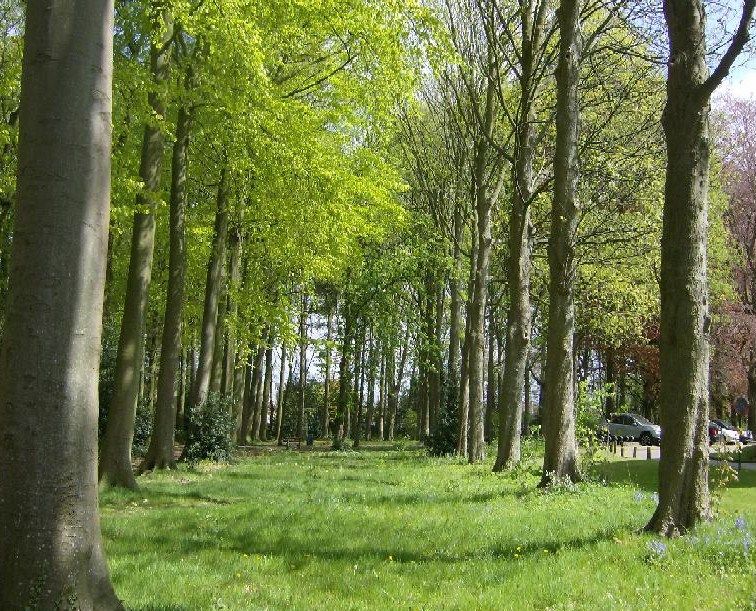
:blush:
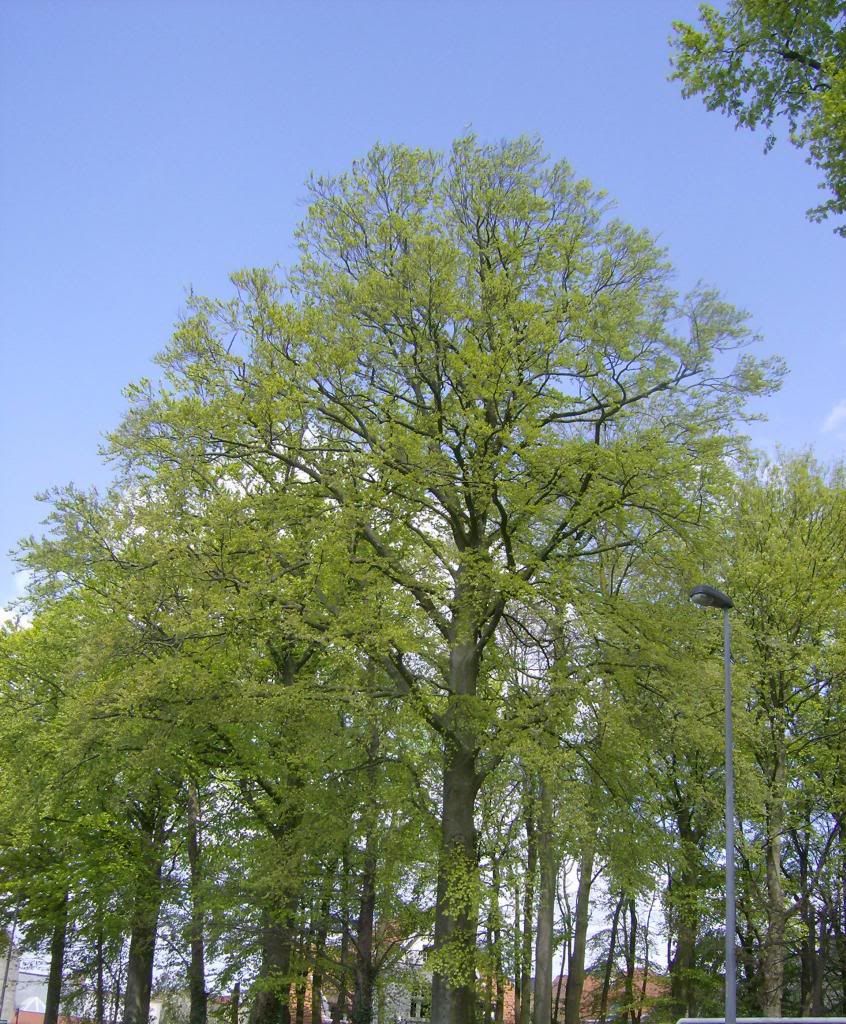
:wub:
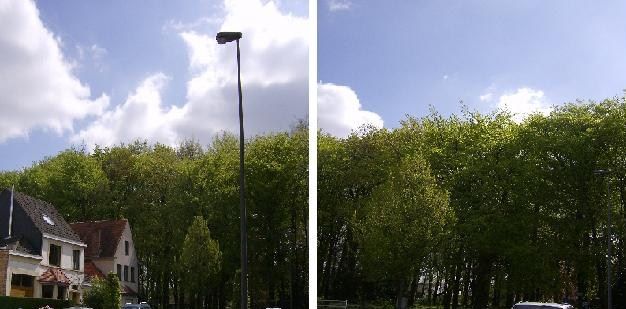
My little forest in full Bloom

![michael-jackson-childhood-photos-09.jpg]](http://4.bp.blogspot.com/_Rt7xiTDo4pE/TCXcBrhedGI/AAAAAAAABvg/1_VxBntgNcM/s1600/michael-jackson-childhood-photos-09.jpg])







